Fondant or buttercream? The eternal cake debate—like cats vs dogs, tea vs coffee, or whether pineapple belongs on pizza. Both have their die-hard fans, but only one wins on taste. Let’s settle this once and for all.
Granted there are some common ingredients but other than both being used to decorate cakes there’s not much similarity between them - their properties and their visual effect are far apart.
Buttercream, sometimes called frosting, is a combination of butter and sugar whipped together to make it smooth and spreadable, whereas fondant is a combination of powdered sugar, water and glycerine to make a paste that can be rolled thinly.
At our London bakery, we use our Swiss meringue buttercream recipe exclusively for our wedding cakes. This is because it's the most stable buttercream and is great for filling, layering and stacking, keeps well at room temperature, has a smooth finish, holds its form and shape when piped, and is 50% less sugar than normal buttercream, and even lesser than fondant. We do however use fondant to create edible figurines and cake toppers to decorate the cakes.

So how do you decide which is best for your wedding cake? There’s a few important points to consider, from what you’d like the appearance to be like to the practicalities of storage. Here’s a run down that’ll hopefully help you narrow your decision down.
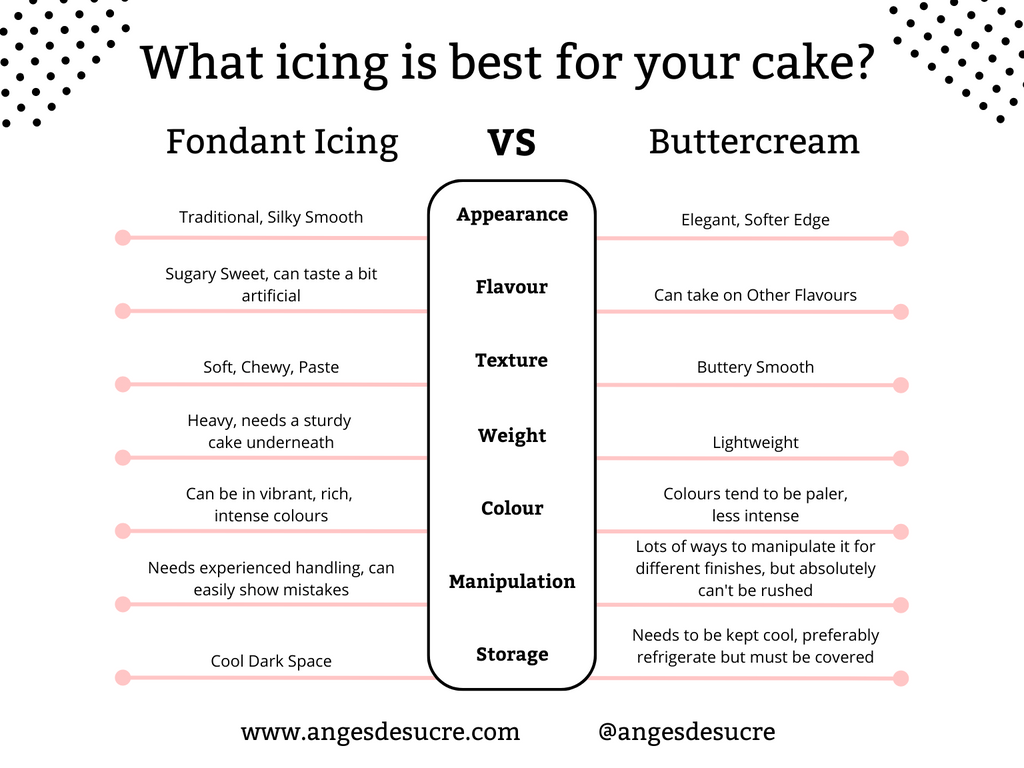
Appearance
If your styling is more traditional then fondant is the most popular choice - it’s definitely taken the crown from royal Icing having a similar aesthetic but without your guests chipping their teeth (royal icing sets tooth-breakingly SOLID). It can be a brilliant white if that’s what you’re after, but actually it’s far more versatile and can be used for modelling too so for vibrant novelty cakes it’s also the best choice.
Buttercream, however, is what you need if you want a softer, less intense look to your cake. For rustic or more laid-back styles it provides a lovely silky backdrop to other decorations and it’s much easier to mix and blend different colours too. It offers lots of possibilities for abstract styles or painterly effects. That’s not to say buttercream can’t do formal or sophisticated - our Regency inspired Wedding Cake and Vintage Lace Buttercream Brocade both have quite a traditional look, but they’re certainly less hard-edged than fondant can be sometimes.
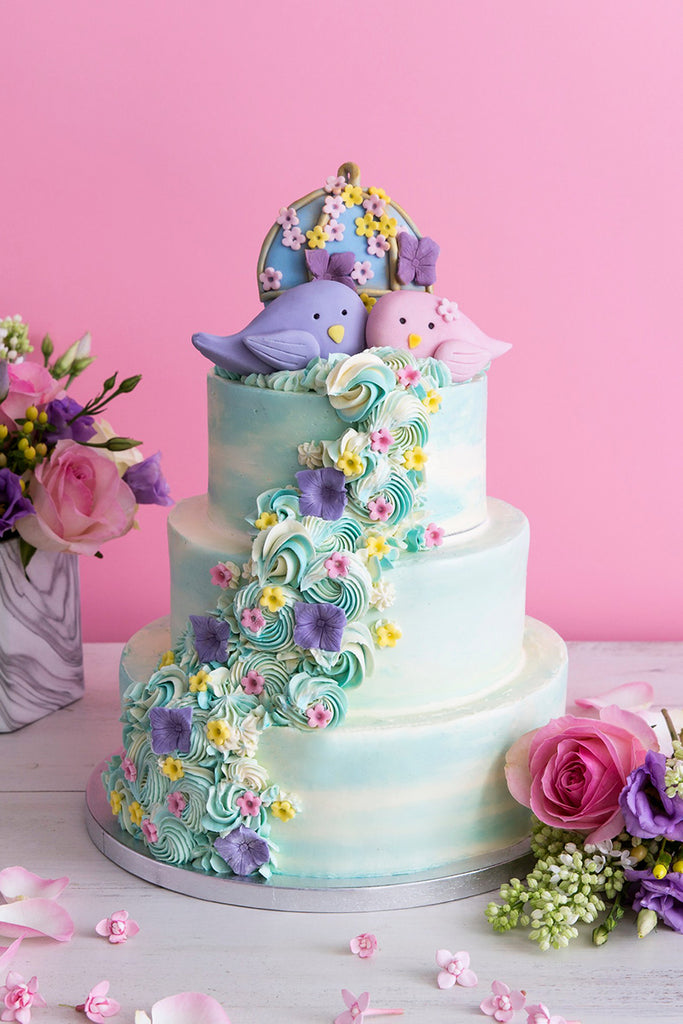
Flavour
If flavours to complement your cake are important for you then this is an easy one to answer.
Fondant is basically sugar wrapped in more sugar, sitting on a sugar base. It’s like a wedding cake in formalwear - looks polished, but let’s be honest, no one’s here for the taste. Ultimately if you’re choosing fondant it’s because of the look you can achieve for the cake, not the flavour.
Buttercream isn’t just frosting—it’s the soulmate of cake. Silky, smooth, and endlessly flavourful. Want lemon zest? Done. A hit of espresso? Absolutely. Fondant could never.
Texture
Fondant’s texture? Think edible Play-Doh. Sure, it looks sleek, but most guests peel it off anyway. Buttercream, on the other hand, melts into the cake like a dream.
Buttercream has a much lighter texture, taking less to cut or bite through and providing a creamyness that complements the crumb of the cake. And whilst it doesn’t have the same structural properties as fondant, for an individual slice perspective that’s a good thing (a LOT of people peel off fondant layers before eating the cake).
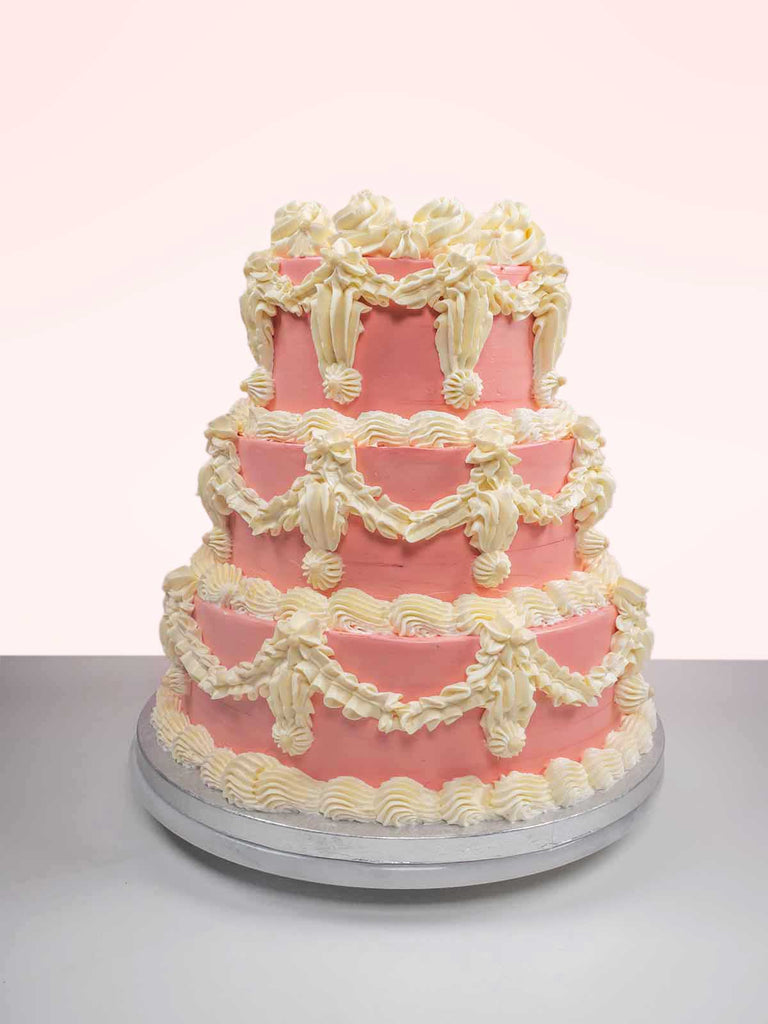
Weight
Following on from texture, the actual weight of the icing is something to think about both for the whole cake but also for the amount per serving.
Fondant’s rubbery texture means that it can sit heavy on a cake. If you’re adding lots of decorative elements, which might also be heavy, that weight and sturdyness can be a really useful base to build on. But it will also limit the sorts of cake you can have underneath as it would need a denser cake, like madeira sponge, which is ideal for carving as it has a denser and tighter crumb than usual.
Buttercream is the lightweight option. You can spread it thickly, layer it up and still not compromise the cake’s texture - in fact the only limits on it will be the height and balance of it for storage and display!
Colour
Want neon pink, emerald green, or gold so blinding it could stop traffic? Fondant’s your best bet. Buttercream can do colour too, but in softer, dreamier shades - think watercolours instead of highlighters.
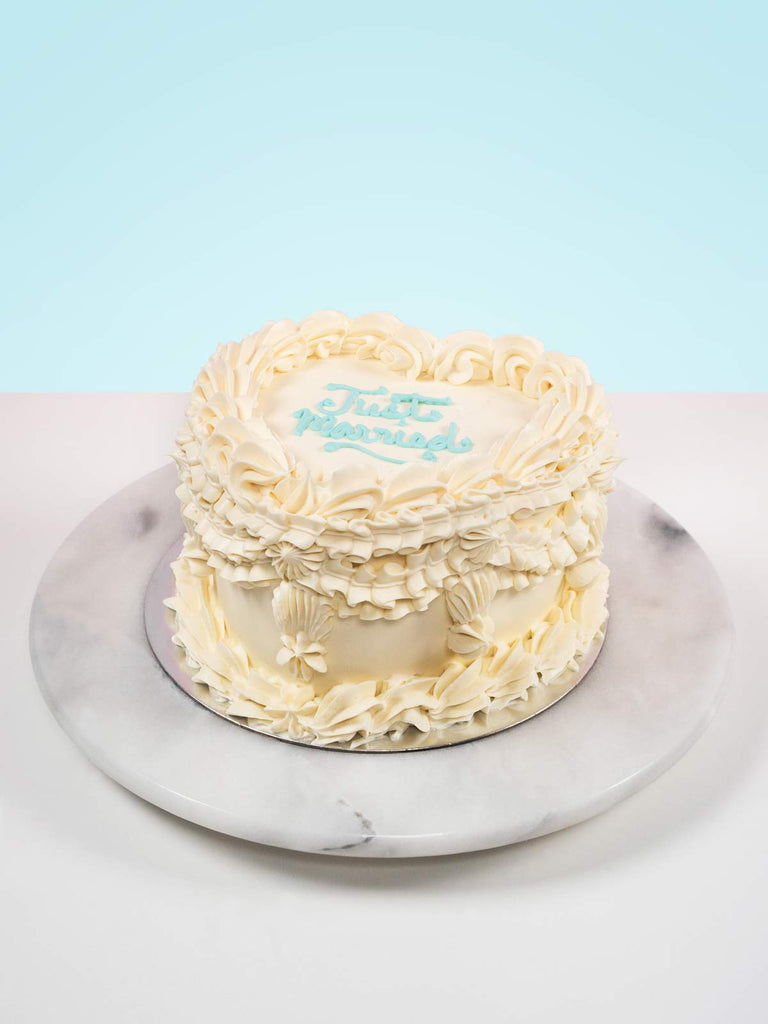
Application
Icing a cake isn’t as easy as those YouTube pros make it look. Fondant requires surgeon-level precision - one wrong move and it’s cracked or stretched. Buttercream is more forgiving, but still, don’t rush it unless you want a ‘rustic’ (ahem, messy) finish.
Storage
The best place to store your decorated cakes is in a cool, dark dry space. A fully decorated cake is never going to like heat, but there are things that can be done to counteract it to some extent.
The general belief is that fondant shouldn’t ever go in the fridge, but actually that’s not strictly true. The golden rule is that if it has to go in the fridge you have to leave it in a box. Do not -and we can’t stress this enough - do not have it ‘open’ to the fridge as that’s when it’ll go sticky.
Do keep in mind what’s under the fondant though - once it’s on the cake, fondant effectively seals in the moisture so if underneath does need keeping cool a box in the fridge is the way to go.
Buttercream likes heat even less - summer marquee weddings are not the place for buttercream cakes unless the storage is on point. If you have a cool dark place for your buttercreamed cake then you don’t need to worry, but if it is warm you will need to have refrigerator space wherever your cake is being kept in the interim.
Like an over-friendly houseguest, buttercream absorbs everything. If your fridge smells like last night’s curry, so will your cake. No one wants a butter chicken wedding cake. Store wisely.
The time of year shouldn’t necessarily dictate what sort of cake you can have, but if you are planning a big event like a wedding, knowing what storage is available at your venue is worth taking in to consideration.
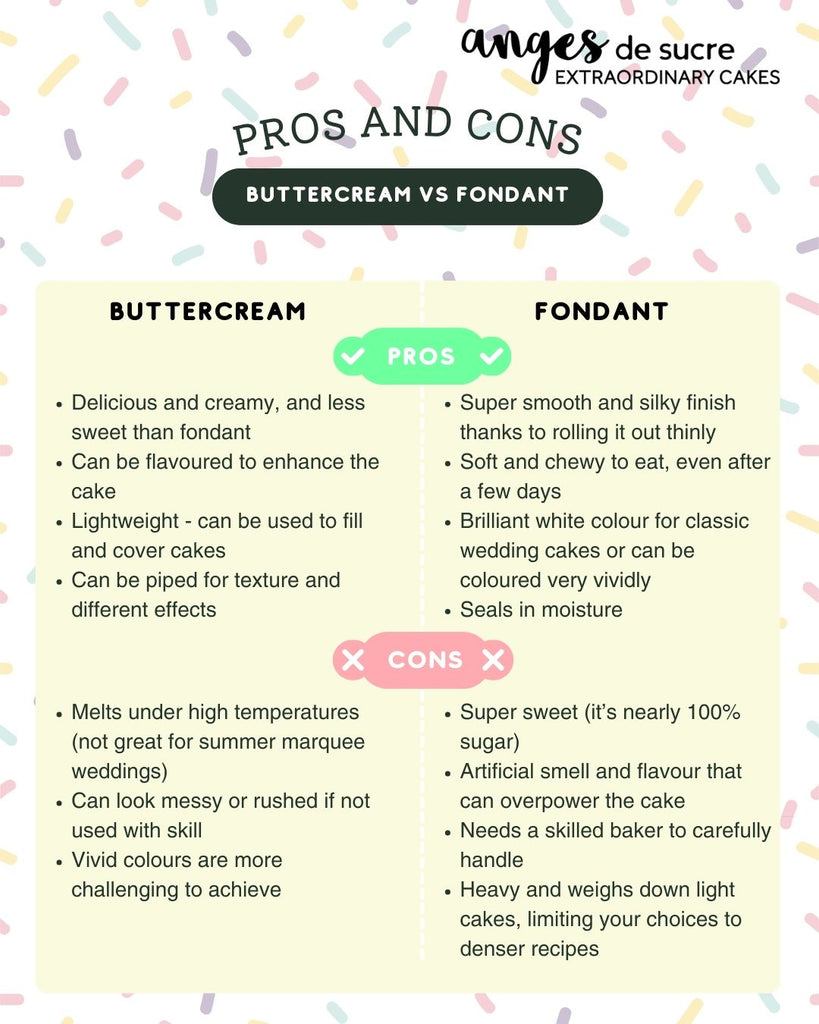
Of course the most important thing for you, whether it’s for your wedding or a big event, is that your cake represents you and provides a great focal point for that celebration. There are a huge variety of styles to choose from when it comes to cakes, and as long as you take some of these things on board there's no doubt you’ll be able to find the perfect cake.
If you'd like to achieve the super smooth finish as seen on our wedding cakes without compromising on cake texture and flavour, try our recipes for Hero Sponge and Swiss meringue buttercream.
Still torn between fondant and buttercream? Let’s make it easy - just get one of our wedding cakes and enjoy the best of both worlds (minus the stress). Browse our collections or email us with your wildest cake ideas!
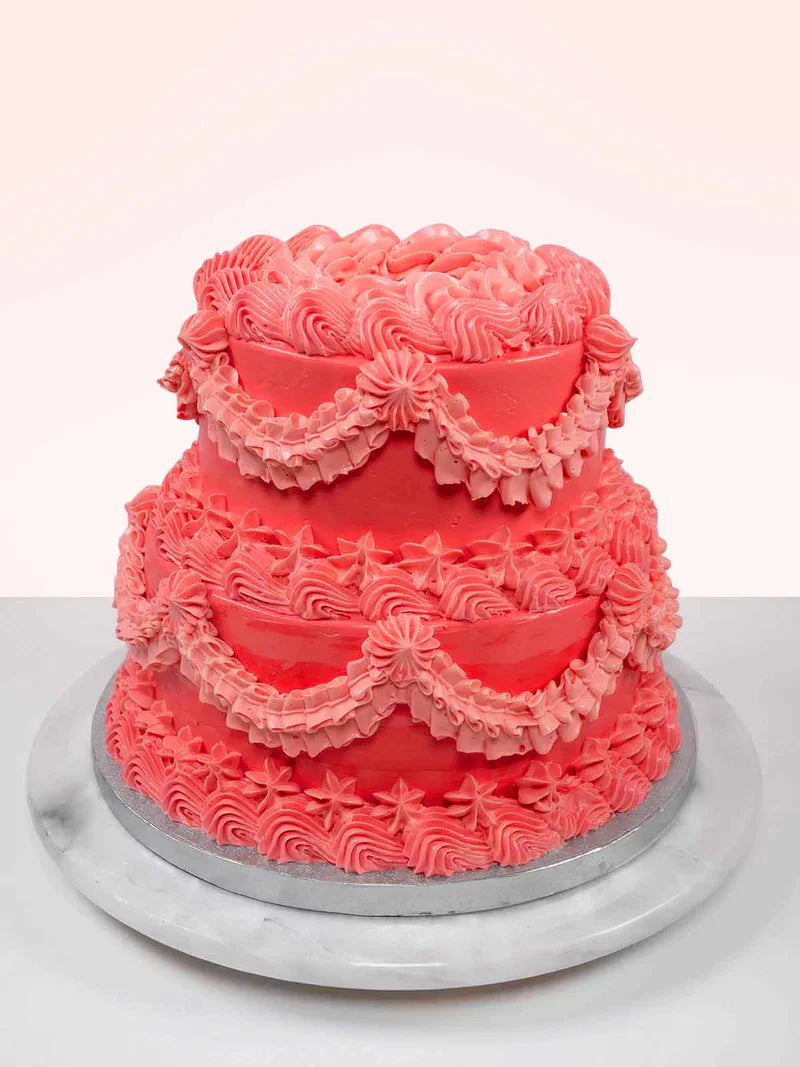



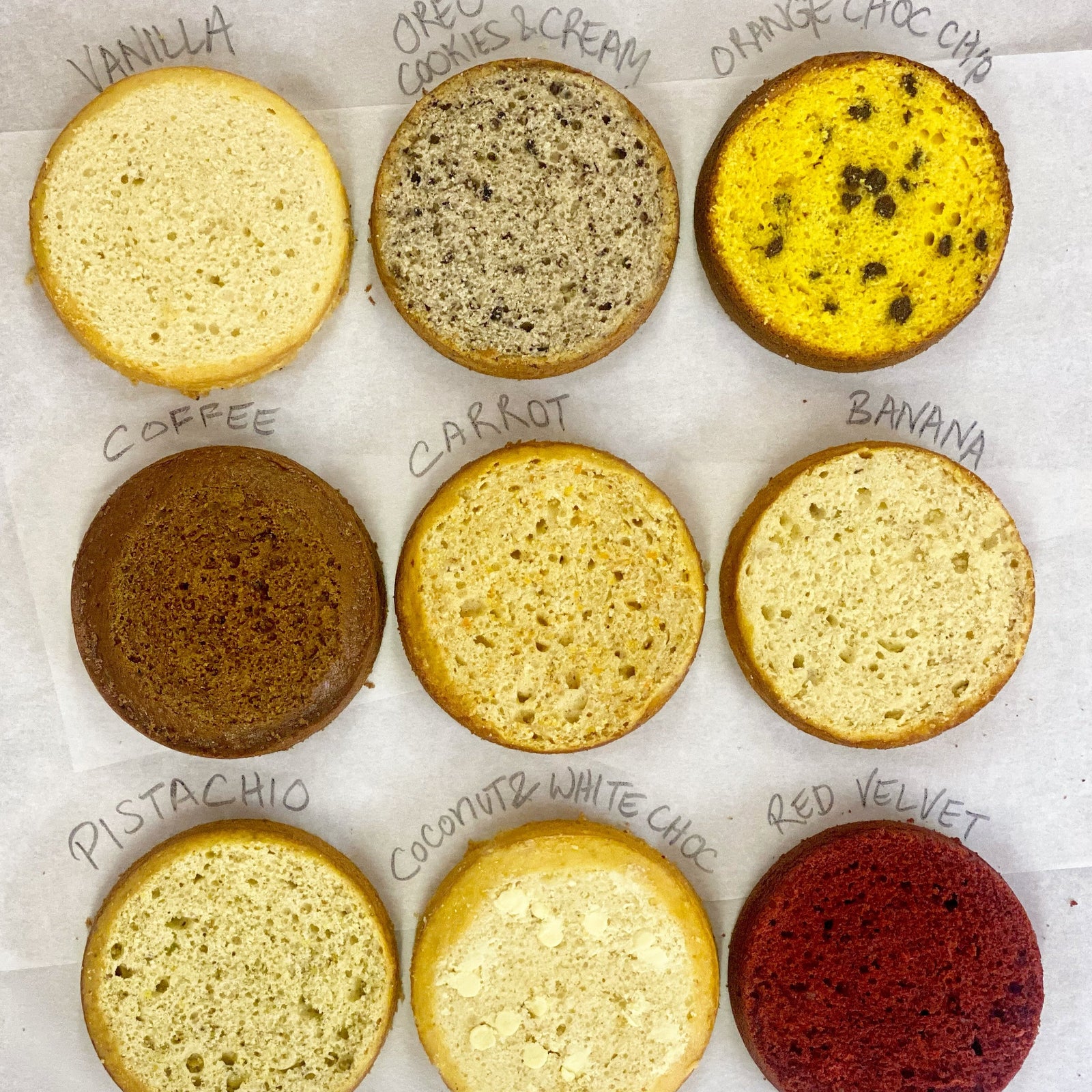
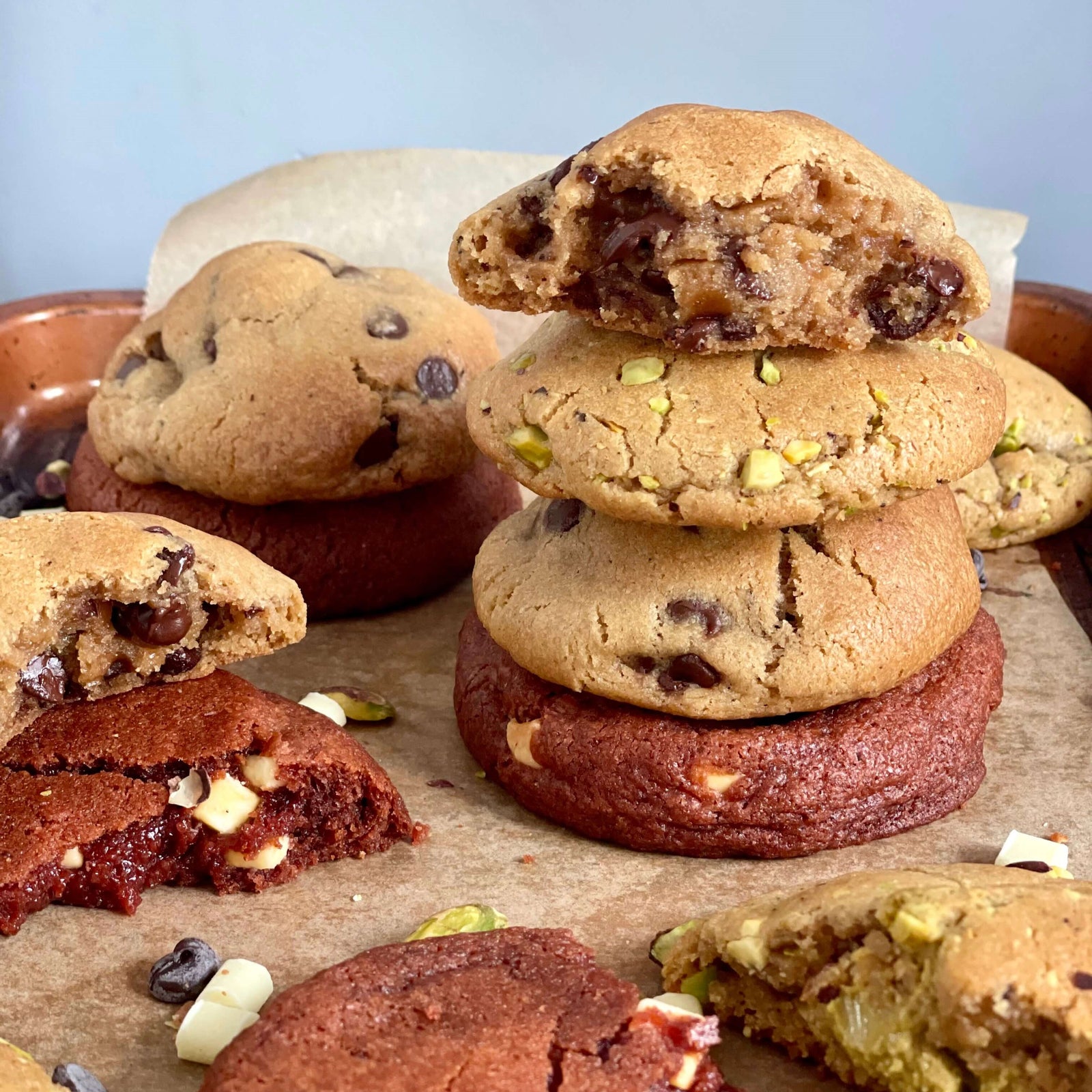
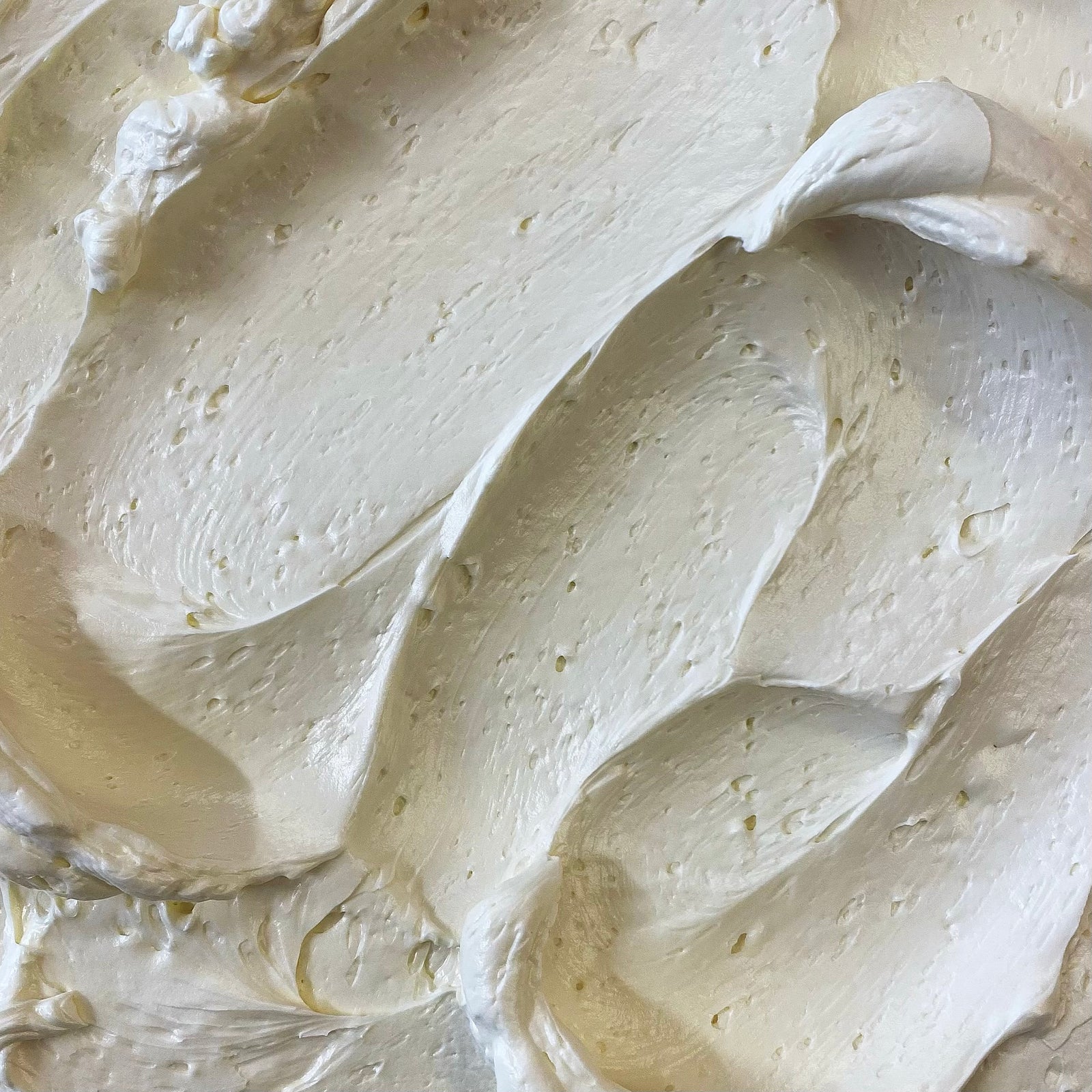
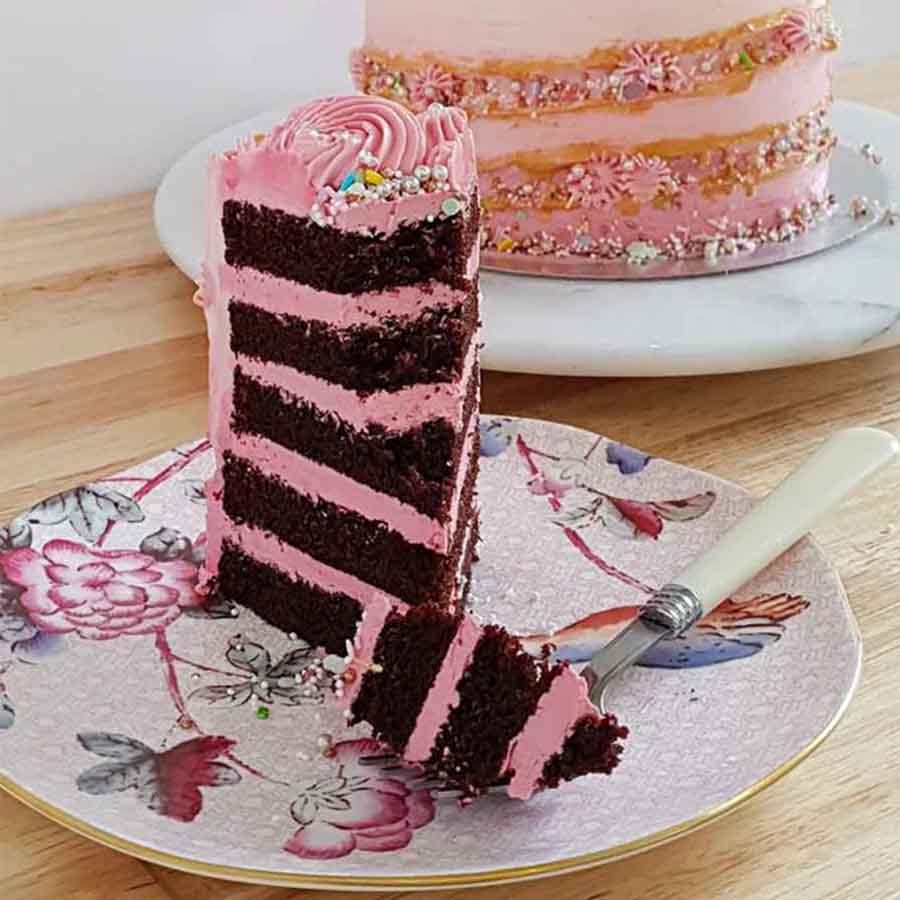
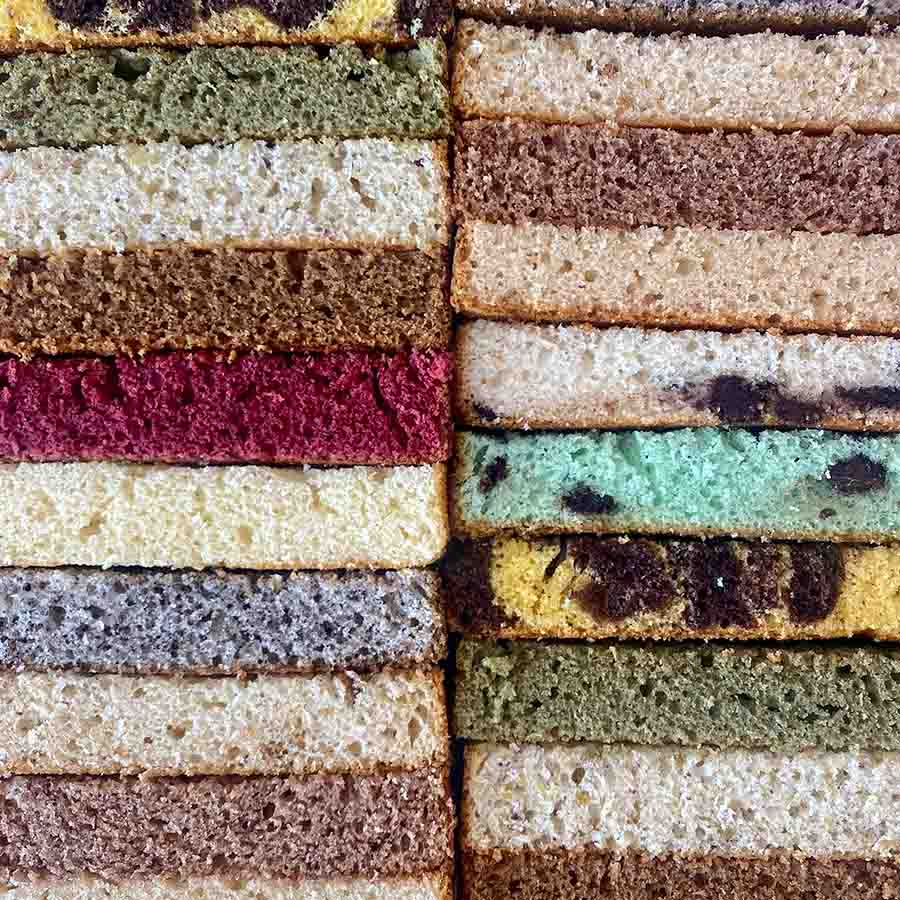
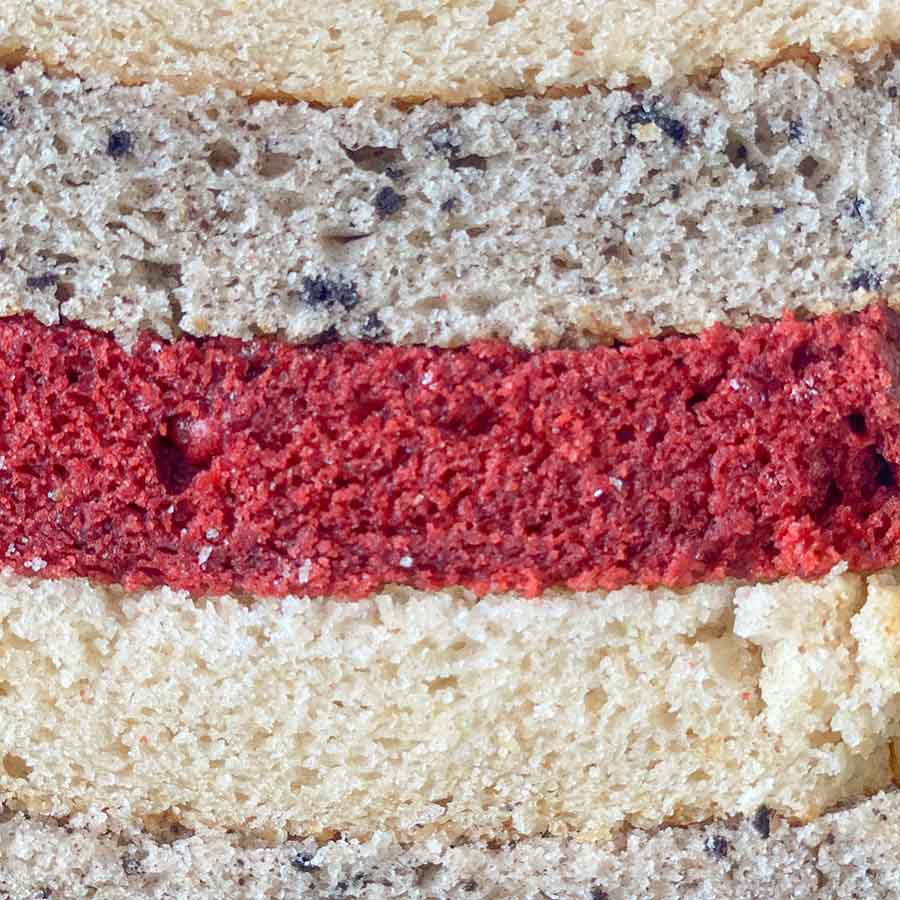
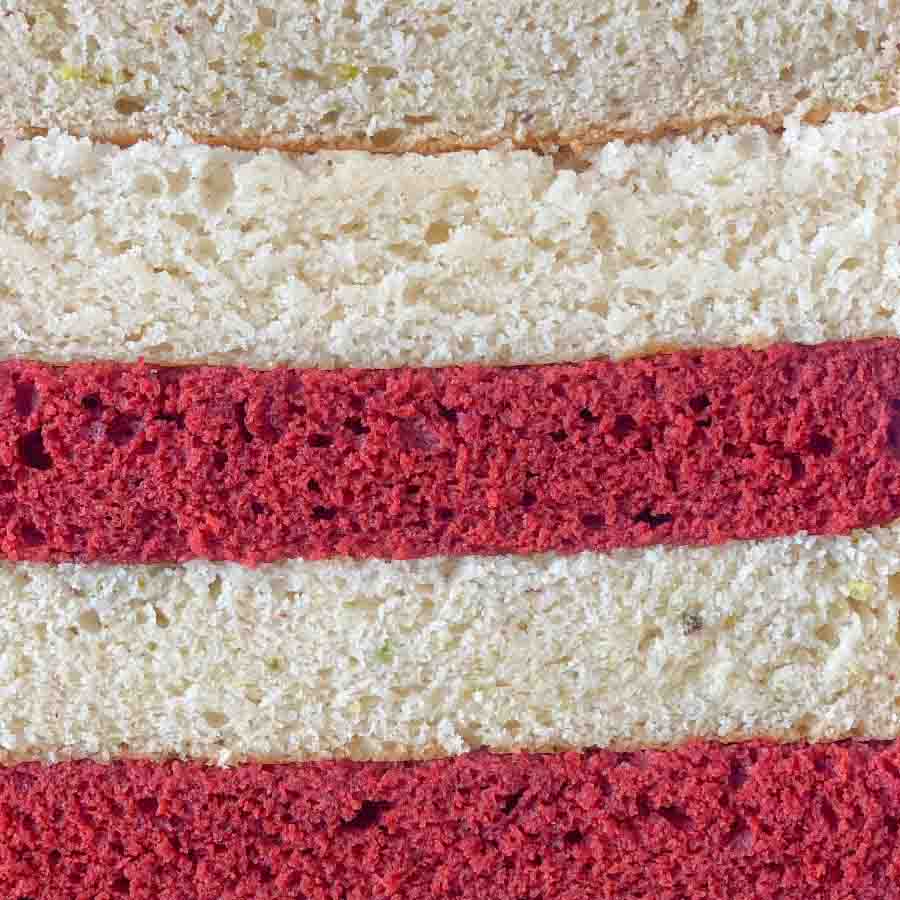
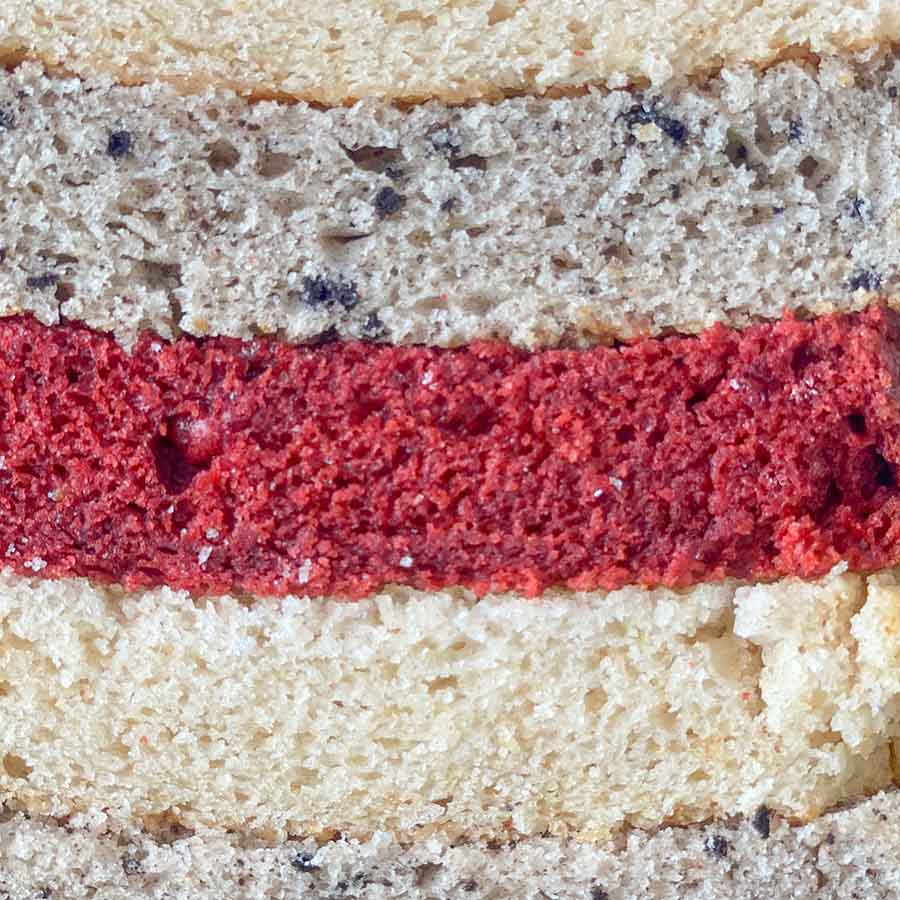
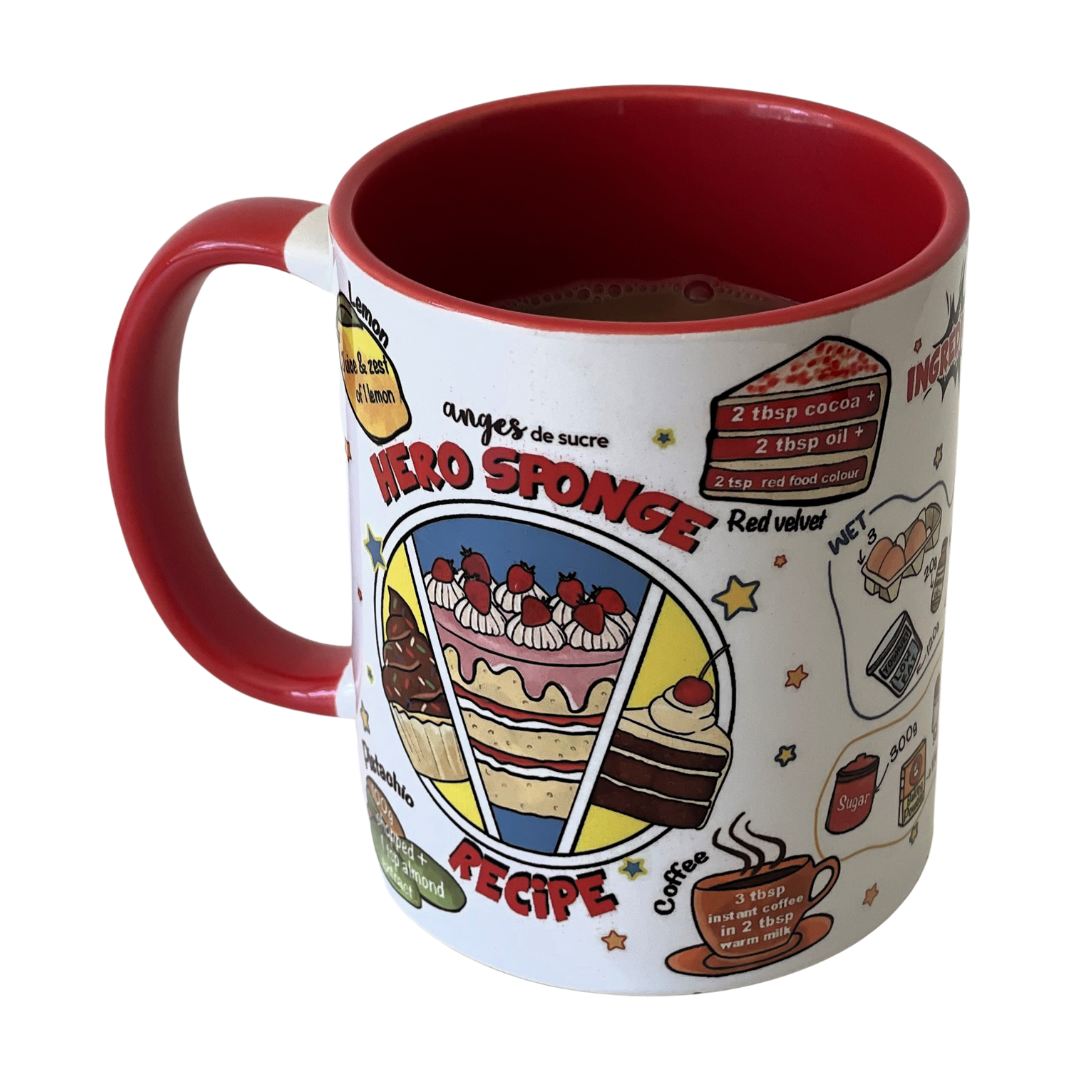
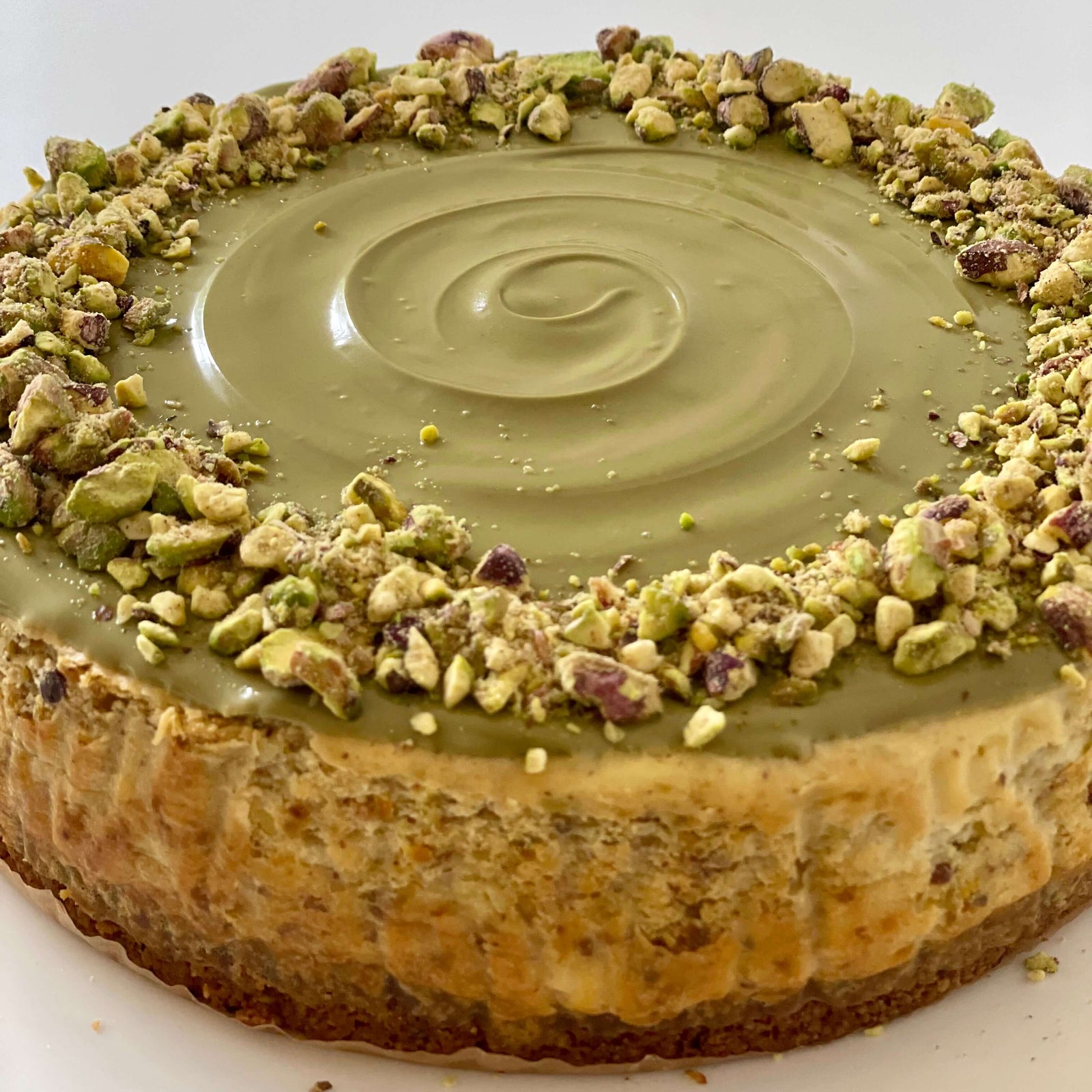
Lovemore Zindoga
November 20, 2021
Personally l can not stand fondant. It’s very chewy and rubbery in the mouth. A good cake shouldn’t be too sweet or have a rubber like cover. It does feel like cheating just rolling fondant and covering the cake with it. Baking is supposed to be fun and at the end of all the fun you should create a good cake that taste and looks good.